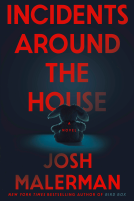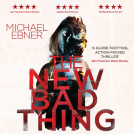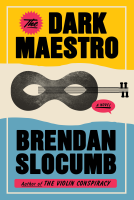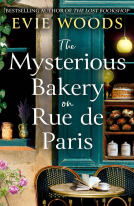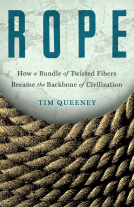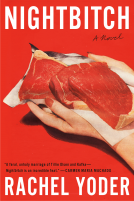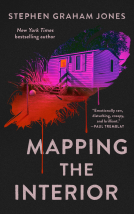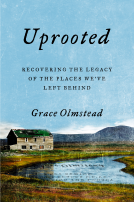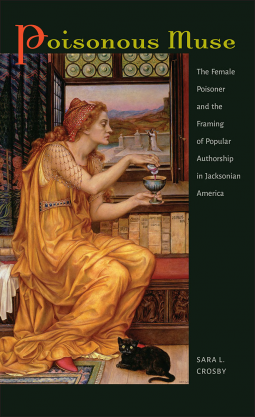
Poisonous Muse
The Female Poisoner and the Framing of Popular Authorship in Jacksonian America
by Sara L. Crosby
This title was previously available on NetGalley and is now archived.
Send NetGalley books directly to your Kindle or Kindle app
1
To read on a Kindle or Kindle app, please add kindle@netgalley.com as an approved email address to receive files in your Amazon account. Click here for step-by-step instructions.
2
Also find your Kindle email address within your Amazon account, and enter it here.
Pub Date Apr 15 2016 | Archive Date Jul 01 2016
University of Iowa Press | University Of Iowa Press
Description
This difference in outcome doesn't mean that poisonous women didn't preoccupy Americans. In the decades following Andrew Jackson's first presidential bid, Americans buzzed over women who used poison to kill men. They produced and devoured reams of ephemeral newsprint, cheap trial transcripts, and sensational “true” pamphlets, as well as novels, plays, and poems. Female poisoners served as crucial elements in the literary manifestos of writers from Nathaniel Hawthorne and Edgar Allan Poe to George Lippard and the cheap pamphleteer E. E. Barclay, but these characters were given a strangely positive spin, appearing as innocent victims, avenging heroes, or engaging humbugs.
The reason for this poison predilection lies in the political logic of metaphor. Nineteenth-century Britain strove to rein in democratic and populist movements by labeling popular print “poison” and its providers “poisoners,” drawing on centuries of established metaphor that negatively associated poison, women, and popular speech or writing. Jacksonian America, by contrast, was ideologically committed to the popular—although what and who counted as such was up for serious debate. The literary gadfly John Neal called on his fellow Jacksonian writers to defy British critical standards, saying, “Let us have poison.” Poisonous Muse investigates how they answered, how they deployed the figure of the female poisoner to theorize popular authorship, to validate or undermine it, and to fight over its limits, particularly its political, gendered, and racial boundaries.
Poisonous Muse tracks the progress of this debate from approximately 1820 to 1845. Uncovering forgotten writers and restoring forgotten context to well-remembered authors, it seeks to understand Jacksonian print culture from the inside out, through its own poisonous language.
Advance Praise
“Crosby’s work is an adventurous, sophisticated exploration in nineteenth-century American print culture of a little-remarked but widely utilized trope, women’s involvement in notorious poisonings. Her prose is felicitous and engaging throughout. We never feel as though we are being lectured to, even as the author displays enviable erudition and the lasting value of deep work in the archive—from ephemeral newspapers and pamphlets to now-canonical literature.”—Philip F. Gura, William S. Newman Distinguished Professor of American Literature and Culture, University of North Carolina at Chapel Hill
“According to Sara Crosby, the new popular ‘power of horror’—in writings by Poe and many others—gave American authors a new way of moving beyond beauty through the ‘poisonous muse.’ This new power corresponds to the vitalizing changes in Jacksonian America and brings with it a major change in US literary history. Her study of these changes in the US cultural scene is an incredibly engaging, vibrant narrative.”—Dale M. Bauer, University of Illinois at Urbana-Champaign
Available Editions
| EDITION | Paperback |
| ISBN | 9781609384036 |
| PRICE | $65.00 (USD) |
Links
Featured Reviews
A fascinating parallel study of actual female poisoners and the symbolism they provide for an emerging "print democracy" in Jacksonian America. A weird but ultimately illuminating look at something I had never really considered before.
 Victoria I, Media/Journalist
Victoria I, Media/Journalist
This book was a fascinating look at women as a scapegoat and tool for propaganda during a time when poisoning was considered to be woman's tool. The book is careful to break down individual points and relies strongly on verifiable source material. This is definitely a book that needs to be introduced into college classrooms when studying Jacksonian America and the history of how women have been portrayed.
 Earl M, Reviewer
Earl M, Reviewer
In The Poisonous Muse Sara L. Crosby makes a strong case for the use of the poisoning female as both a negative and a positive metaphor with the positive use being uniquely American during the Jacksonian period.
Crosby lays out her argument nicely at the beginning stating that while Britain used the hysteria surrounding real and fictional poisoning women to curb popular speech and writing the United States presented such females in a more positive light, if not heroines then at least underdogs defending themselves in the only way they had. Thus in America, prior to roughly the 1850s, they represented the ideal of a democratic and open access to publication.
This work is an invaluable addition to anyone interested in American literature and provides a well-documented case for this viewpoint. The depth and breadth of research here also lends itself for use as a springboard for further research on similar approaches. This new framework through which to view some of the works of the period will enrich both classroom discussions and individual contemplative thought on the subject.
Reviewed from a copy made available by the publisher via NetGalley.
